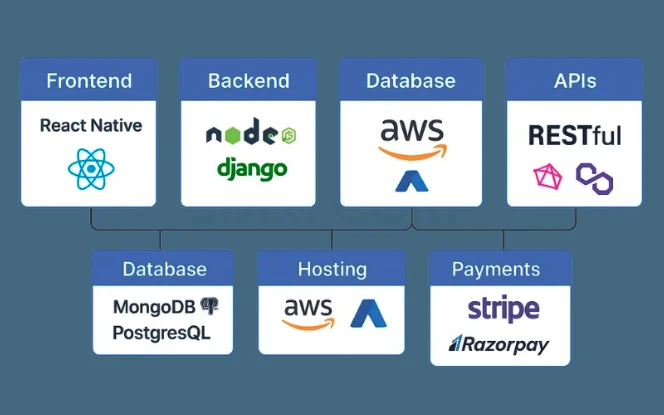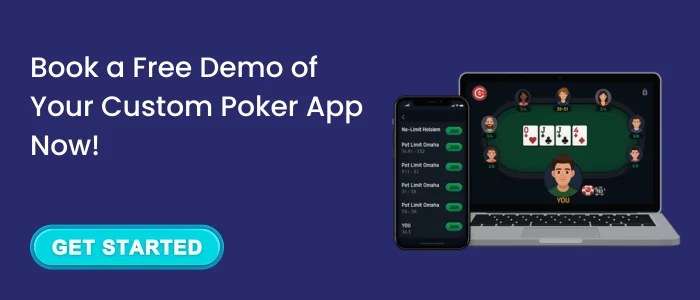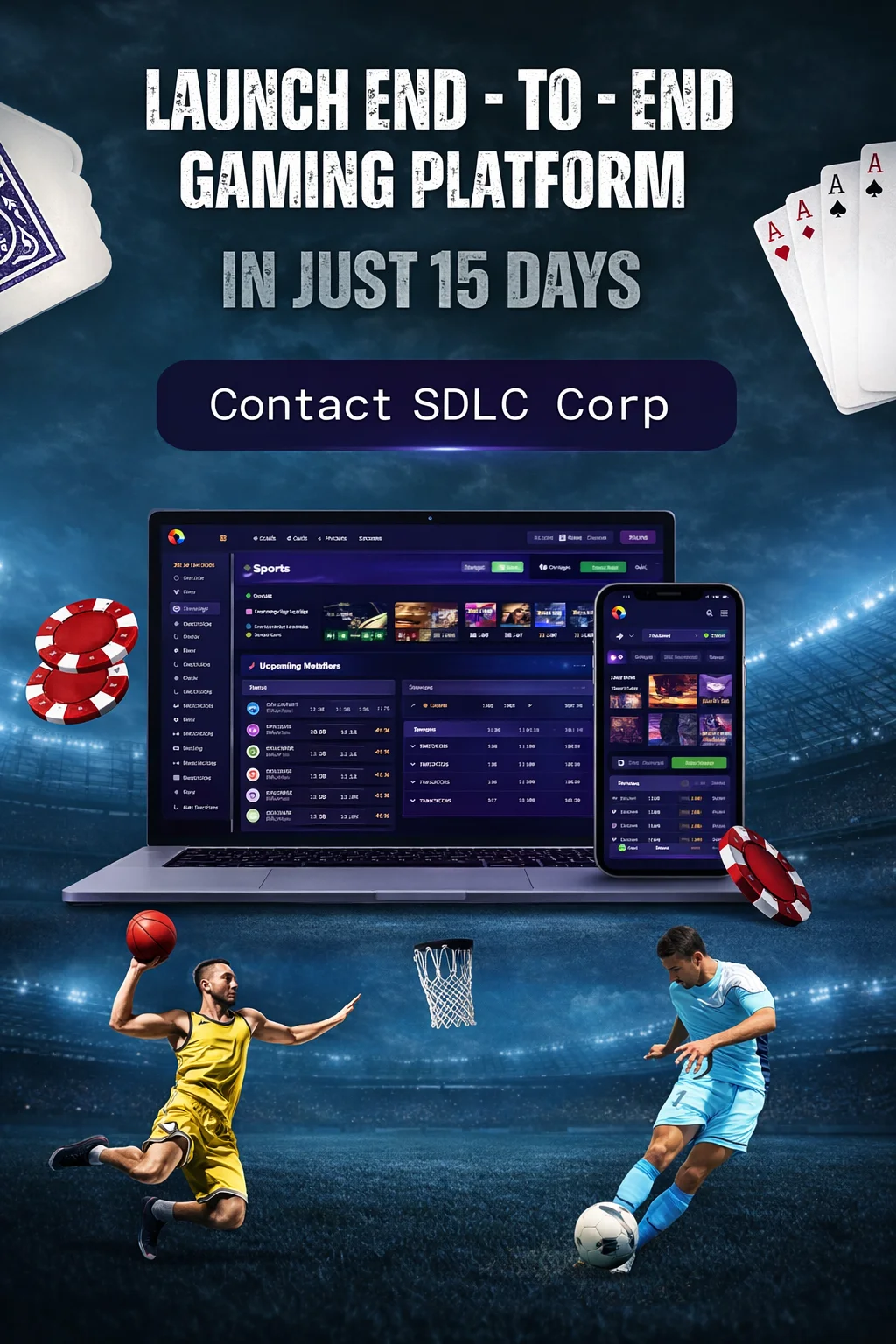Introduction
In the evolving online gaming landscape, poker platforms are increasingly turning to advanced poker software with built-in tournament and leaderboard support to stay competitive. These features not only enhance the gameplay experience but also foster long-term player engagement. As online poker continues to attract both casual and professional players, the integration of real-time poker leaderboard systems and online poker tournament software is becoming essential.
This blog examines how tournament and leaderboard capabilities are revolutionizing poker platforms and how businesses can leverage them.
Key Features of Poker Tournament Software
This functionality provides operators with the tools to manage high-traffic games seamlessly while delivering engaging gameplay experiences. Robust poker tournament software enables operators to host a variety of competitive formats. These include:
1. Sit and Go (SNG) Tournaments

- Instant tournaments that start once the table fills up
- Ideal for mobile and fast-paced gameplay
- Supports heads-up, 6-max, and full-ring formats
- Encourages high turnover and continuous user activity
2. Multi-Table Tournaments (MTT)

- Allows hundreds or thousands of players to compete
- Scheduled events with structured blind progression
- Ideal for big promotions and large prize pools
- Supports knockout, bounty, and progressive KO formats
3. Freeroll Events for Beginners

- Zero-risk introduction to competitive poker
- Helps build trust and familiarity with the platform UI
- Often used as a reward or marketing tool for onboarding.
- Boosts retention through regular free competitions
4. Rebuy and Add-On Support

- CoinPoker is available on both Android and iOS, ensuring that players can access the platform on their smartphones and tablets.
- The app is designed for a smooth user experience, with intuitive navigation and support for various screen sizes, delivering an optimized experience regardless of the device used.
5. Automated Poker Tournament Scheduling

- Define daily, weekly, or monthly recurring events.
- Automatically populate leaderboard entries and player reminders.s
- Reduces admin time and ensures consistent engagement
6. Blind Level Progression

- Customizable intervals and values for blind levels
- Turbo and deep-stack structures are available.
- Keeps gameplay dynamic and prevents stagnation
Tech Stack for Developing Poker Software with These Features
This ensures the platform remains scalable, secure, and compliant with gaming regulations. Creating custom poker game development solutions requires a versatile and secure technology stack:

Frontend: Flutter / React Native – For cross-platform mobile apps with seamless UI on iOS and Android.
Backend: Node.js / Django – Enables fast server-side logic, API handling, and scalable content delivery.
Database: PostgreSQL / MongoDB – Stores structured and unstructured user and content.
Authentication: Firebase / OAuth – Provides secure logins using OTP, social media, and token-based access.
Payment Gateway: Stripe / Razorpay / PayPal – Manages subscriptions, one-time payments, and global currency transactions.
Hosting: AWS / Google Cloud Platform – Scales infrastructure with secure, high-performance cloud and CDN solutions.
Choosing the right tech stack is crucial for performance, scalability, and efficiency. Explore the benefits of poker game development and why it’s a worthwhile investment in our blog on Why Invest In Poker Game Development?.
Real-time Leaderboard Systems
These leaderboards can be embedded into both web and mobile interfaces, driving retention and promoting daily logins. Additionally, they can be gamified with badges, achievements, and seasonal prizes. A poker leaderboard integration boosts user engagement by enabling competitive rankings among players. Core functionalities include:

- Dynamic updates during tournaments
- Filters for daily, weekly, and monthly rankings
- Tiered reward structures
- Integration with player stats (win ratio, hands played, chips won)
- Geo-Based Leaderboard Filters
- Leaderboard Sharing and Social Integration
- Admin Control for Leaderboard Visibility
Benefits of Built-in Tournament and Leaderboard Support
With built-in modules, developers reduce dependency on third-party APIs, ensuring better control, scalability, and data ownership. Implementing poker software with a leaderboard and tournament features offers several business advantages:

- Increased player retention through structured engagement
- Higher traffic during scheduled events
- Better monetization using rake management software
- More precise player segmentation for loyalty rewards
Read our new blog on – What are white label solutions and how do they benefit online poker games?
How It Works: Tournament Setup to Final Results
The entire flow is automated and can handle thousands of concurrent users if built on a robust backend. From the admin’s point of view, online poker tournament management typically includes:

- Tournament Configuration: Define buy-ins, blinds, and payout structure
- Registration Management: Enable late entries, rebuy limits
- Game Execution: Manage real-time tables, blind timers, and eliminations
- Leaderboard Updates: Reflect scoring changes immediately
- Result Declaration: Finalize winners and distribute prizes
Learn more about platform compliance in our guide: Do I Need a Gaming License for a Crypto Poker Site?
Conclusion
Poker platforms equipped with leaderboard integration and tournament modules are better positioned to scale their operations. Future enhancements may include:
- AI-driven matchmaking based on skill levels
- Blockchain-based transparency in scoring
- Multi-platform tournaments spanning web, iOS, and Android
Investing in a powerful poker platform with tournament support is no longer optional but a strategic necessity for operators aiming for sustained growth and user engagement.
FAQ's
What Is Built-in Tournament Support in Poker Software?
It enables operators to run SNG, MTT, and freeroll events directly through their poker platform, eliminating the need for third-party tools.
How Does a Real-Time Poker Leaderboard Work?
It continuously updates player rankings based on hands played, wins, and points earned in tournaments.
What Are the Benefits of a Tournament-Based Poker App?
Tournaments encourage long session durations, recurring logins, and increased rake collection.
Which Programming Languages Are Used in Poker Software?
Node.js, Golang, and Python are commonly used for server-side logic, with React and Flutter for the front end.
How Is Player Ranking Calculated?
Rankings are based on points from wins, chip stacks, and participation in high-value games.
Do I Need a License to Host Online Poker Tournaments?
Yes, depending on your target region. Most jurisdictions require operator licenses for real-money tournaments.
Can Leaderboards Be Customized Based on Game Type?
Yes, filters can be applied for Hold’em, Omaha, Razz, and other game variations.






